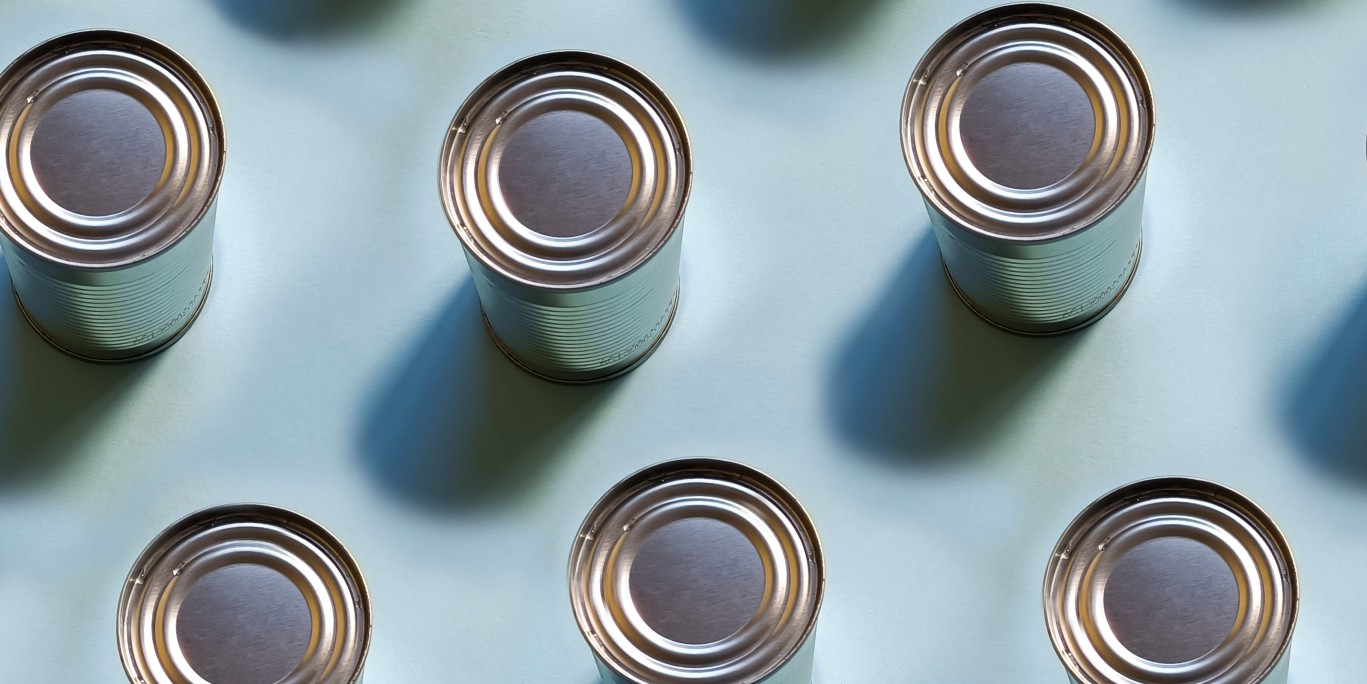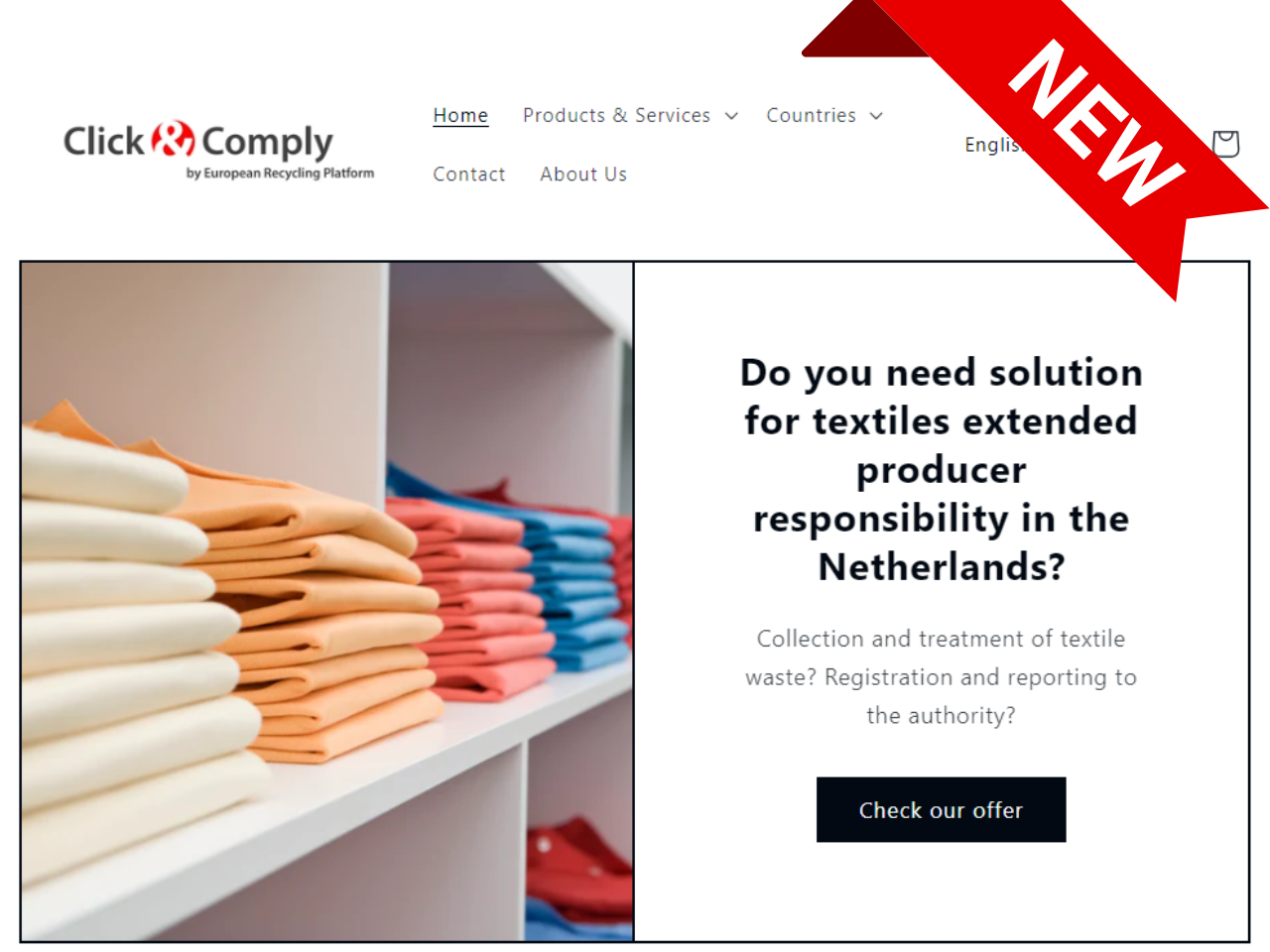What’s happening with regard to chemical regulations internationally? Here are some updates we’ve prepared for you for February 2023.
New regulations on persistent organic pollutants
On 29 December 2022, the new EU regulation on persistent organic pollutants (POPs) came into force. The regulation aims to protect humans and the environment from particularly harmful chemicals in waste.
POPs have a particularly long lifetime and accumulate in organisms, where they can cause great damage. Although these substances are no longer used in new products today, they do enter the waste stream through the disposal of existing industrial and consumer goods.
The new regulation sets limits for new chemicals and tightens the existing limits to ensure that POPs do not re-enter the cycle. Member states are given the opportunity to tighten the rules further within their own legal framework.
Although they have already formally entered into force, most rules will not apply until June 2023, to give actors in the waste management sector enough time to prepare.
You will find additional information here.
Nine new substances on the REACH Candidate List
Nine substances have been added to the Candidate List of substances of very high concern for Authorisation on 17th January 2023. The list currently contains 233 entries for hazardous chemicals. Please see the full list here.
The substances include both chemicals used in consumer and professional products, as well as those added as a measure to avoid future regrettable substitution.
What do these additions mean for companies?
European producers and suppliers of articles containing the substances above a concentration of 0.1% (weight by weight) must:
- inform their customers of its presence, provide sufficient information on safe use, and notify the European Chemicals Agency (ECHA) (REACH Regulation), and
- submit a notification to ECHA’s database of substances of concern in products (SCIP) (Waste Framework Directive)
The substances may be placed on the Authorisation List in the future. If so, their use will be prohibited unless a company obtains authorisation from the European Commission.
Broad PFAS restriction proposal received by ECHA
The authorities of Denmark, Germany, the Netherlands, Norway and Sweden have called for EU/EEA-wide control of risks in manufacturing and placing on the market of per- and polyfluoroalkyl substances (PFAS). One of the broadest ever proposals to restrict PFAS under REACH will be published on 7 February 2023.
The European Chemicals Agency (ECHA) has outlined the next steps and timeline:
- ECHA’s scientific committees for Risk Assessment (RAC) and for Socio-Economic Analysis (SEAC) will check that the proposed restriction meets REACH legal requirements. If it does, the committees will begin their scientific evaluation of the proposal.
- A six-month consultation is planned to start on 22 March 2023. An online information session will be held on 5 April 2023 to explain the restriction process and help those interested in participating in the consultation.
- The opinions of RAC and SEAC are normally ready within 12 months of the start of the scientific evaluation. However, in view of the complexity of the proposal and the expected extent of the consultation, the committees may need more time to finalise their opinions.
- Once the opinions are adopted, they will be sent to the European Commission, which together with the EU Member States will then decide on a potential restriction.
For more information, please visit the ECHA website.
Revision of CLP and new hazard classes
The European Commission concluded 2022 by setting up rules to identify endocrine disruptors and long-lasting chemicals. It also published its proposal for a revised Regulation on Classification, Labelling and Packaging (CLP) of chemicals.
The Commission adopted a Delegated Act to introduce new hazard classes under the CLP for endocrine disruptors, as well as for chemicals that do not break down in the environment and can accumulate in living organisms, or risk entering and spreading across the water cycle, including drinking water.
The revised Regulation, among other things, clarifies rules on labelling and for chemicals sold online. While companies may need to invest to comply with the new rules, they would benefit from easier access to up-to-date information on chemicals hazards and from simplified labelling rules.
The revision of the CLP is an important deliverable of the Chemicals Strategy for Sustainability – a key building block of the European Green Deal.
Next steps:
- The Commission proposal amending the CLP Regulation will be subject to the approval of the European Parliament and Council
- The Commission Delegated Act introducing the new hazard classes is expected to enter into force early 2023, after scrutiny by the European Parliament and Council
USA: federal and state updates
The US Environmental Protection Agency (EPA) has been hard at work over the last months of 2022 and beginning of 2023:
- updating the Toxics Release Inventory list and the Safer Chemicals Ingredient List
- providing a progress report for the PFAS Strategic Roadmap, and
- making five revised TSCA risk determinations for perchloroethylene, 1-bromopropane, trichloroethylene, n-methylpyrrolidone, and carbon tetrachloride.
Using the whole chemical approach to risk evaluation, the EPA has determined that all five chemicals present an unreasonable risk of injury to human health. The EPA will now be proposing and receiving public comments on potential risk management actions that would address the unreasonable risks identified in each risk evaluation.
As previously highlighted in H2 Compliance’s October and November newsletters, California’s Office of Environmental Health Hazard Assessment (OEHHA) had announced that their Carcinogen Identification Committee (CIC) would add the evaluation of evidence for the carcinogenicity of BPA to their agenda at their December 2022 meeting.
At the December meeting, the CIC declined to list BPA as a carcinogen under Prop 65 by a slim margin (5 yeas, 6 nays). However, BPA is still currently listed as a reproductive toxicant under Prop 65 with a maximum allowable dose level (MADL) of 3 μg/day, and as such is subject to relevant Prop 65 labelling requirements.
Sign up for our monthly
report COMPASS here:
Your email











